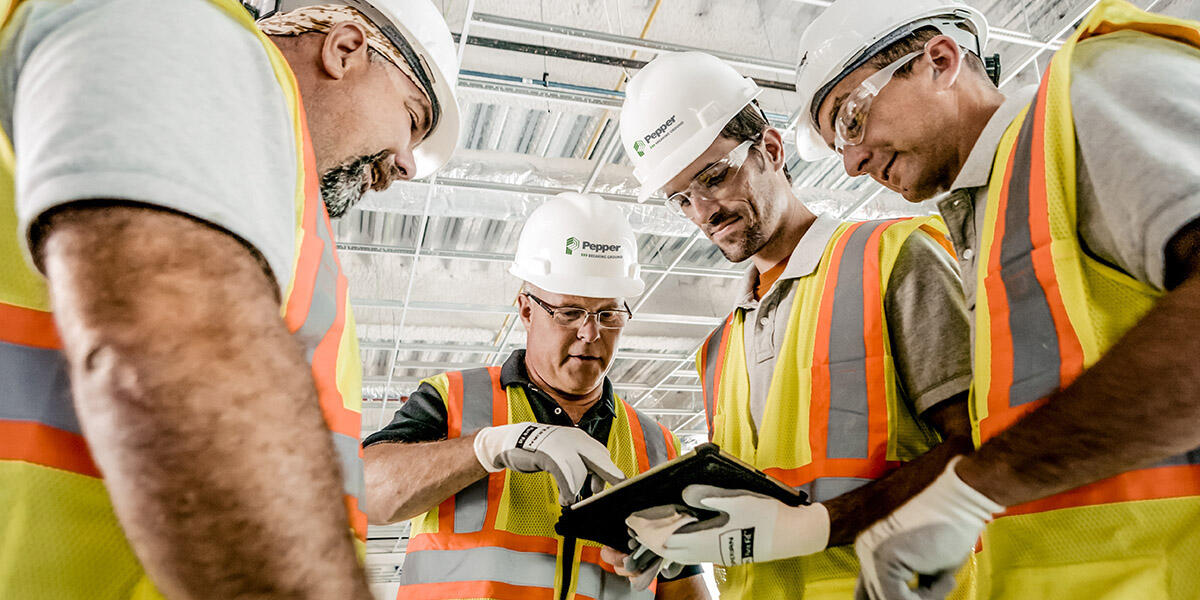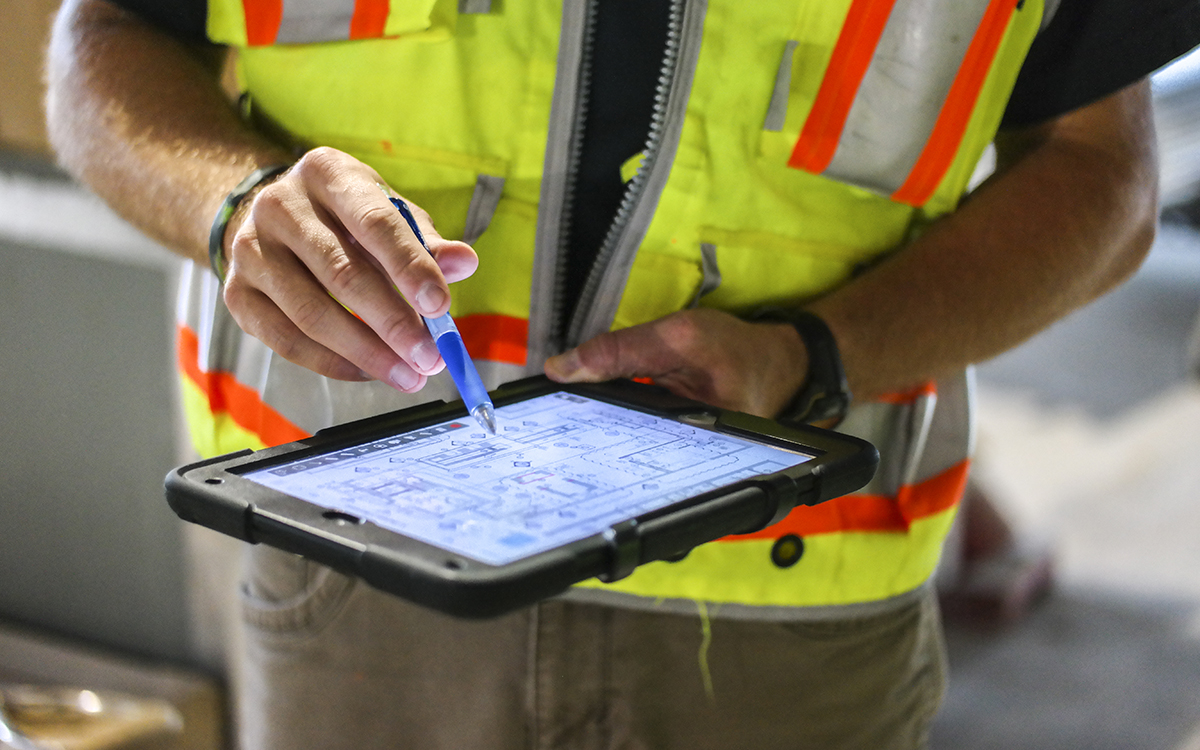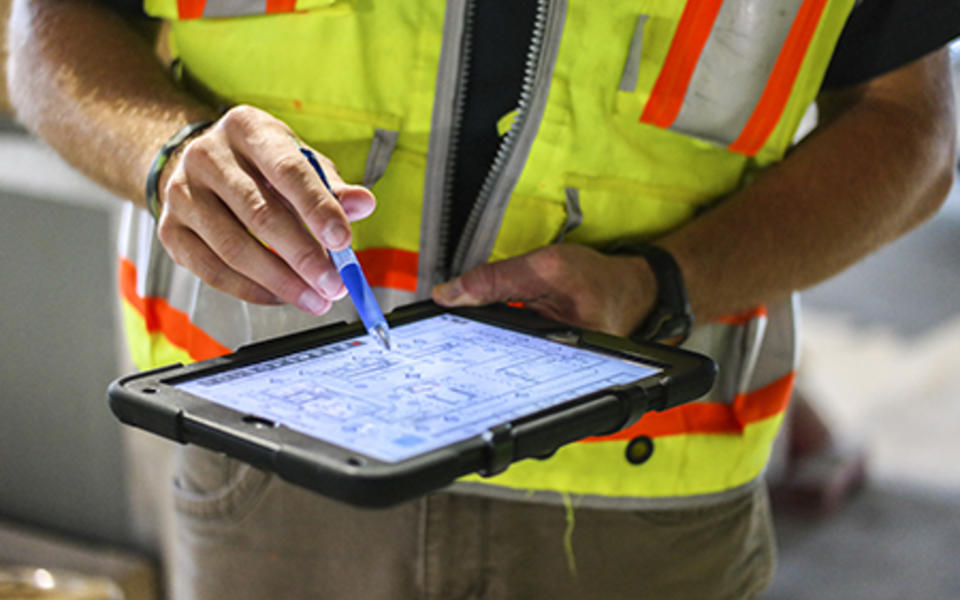Virtual construction & technology, Trade partnerships
Statistics show that an increasing number of designers and general contractors nationwide are incorporating BIM (building information modeling) and technology into their operations. In fact, tech-centric media outlets like Fortune and Fast Company have indicated that one of the best applications for early adoption of virtual and augmented reality is in the construction industry.
But how are our subcontractors, who are key team members and play a large role on the success of our projects, adopting these new tools? Could subs be the key to an even greater return on our investment in technology?
Often lumped together with general contractors in nationwide industry studies, Pepper decided to survey our subcontracting community. We thought we had an idea of their capabilities and commitment to using technology, and we wanted to see how well our perceptions aligned with reality.
The findings revealed five telling truths about how our subcontracting community views technology:
-
The most widely-adopted use of technology is for estimating, followed narrowly by mobile communication tools.
-
A little more than half of subcontractors are not yet using BIM.
-
Of those who said they use BIM, the majority use it on fewer than 25% of their projects.
-
Project requirement is the biggest driver for implementation of BIM. Coincidentally, lack of project BIM requirements is the biggest reason subcontractors haven’t invested further in technology.
-
The least cited barriers to adoption were software options and network or hardware issues.
What is driving technology adoption?
Interestingly enough, the biggest initial driver for adoption of technology among our subcontractors is "requirement on projects." So, it’s no surprise that the increasing percentages of adoption from our subcontractors are aligned closely with the growing number of owner requests for BIM and technology on projects.
From a general contractor’s perspective, we’ve seen this to be true in the request for proposals (RFPs) we receive. Today, 80 percent of proposals ask us to explain our technology and how we plan to use BIM on the project.
When are subcontractors investing in technology?
Effective planning directly correlates with the quality of the end product and the success of the entire project, so it's no surprise that the two tools in which subcontractors most often invest support more efficiencies in this upfront effort.
-
Virtual estimating eliminates human error and creates efficiencies of time so that expertise can be allocated to other aspects of the project.
-
Equally important, mobile tablets and total stations provide teams in the field with instant access to the information residing within these virtual models, and they keep the flow of activity moving.
How does technology benefit our subcontractors?
Studies show that through the use of BIM and technology, general contractors have seen an increase in quality on projects, while decreasing cost and time. The effects of technology downstream are also substantial.
According to a recent Dodge Data and Analytics study, contractors using BIM saw a 5 percent decrease in waste, schedules and cost. Additionally, the study found that BIM use resulted in fewer reportable safety incidents for subcontractors. Those results indicate that subcontractors have the most to gain from the use of technology, which ultimately could have a substantial positive impact on the buildings we are designing and constructing today.
Additionally, the study found that BIM use resulted in fewer reportable safety incidents for subcontractors. Those results indicate that subcontractors have the most to gain from the use of technology, which could also have a substantial positive impact on the buildings we are designing and constructing.
A long way to go
Despite the advantages that studies have revealed, our survey found that more than 50 percent of subcontractors are not yet utilizing BIM, and even those that are taking advantage of the technology are only utilizing it on 25 percent of their projects.
Since subcontractors represent a large portion of our project teams, we want them to benefit from the technology that is available. At Pepper, our theory is that if our subcontractors find value in technology and increase the utilization within their own organizations, the entire project will benefit exponentially.
Likewise, if they are not fully utilizing technology, then the construction team as a whole isn't living up to our full potential on projects – and leaving money on the table in the process due to inefficiencies.
So where do we go from here?
While general contractors continue to push the envelope with technology within our own organizations, we must also focus some of our efforts on understanding how our subcontractors are utilizing technology and how we can help them successfully adopt and realize the value it can bring.
Knowing that project requirements are the biggest driver for adoption, as owners and general contractors, we can play a role in increasing the use of technology. We also need to balance any mandate with an understanding of the practical application of technology, so we're not increasing the cost of construction without a return on that investment. We need to understand how requiring the use of BIM and technology on our projects will impact our subs’ businesses, which trades would contribute the most to the project and which ones would receive the greatest return.
BIM is here to stay, and collaboration will be essential to ensuring the benefits reach every party involved. Look for a more in-depth analysis of our survey soon.
Last week we shared a new app that our virtual construction and technology team is developing as a result of the AEC Hackathon. Over the next several weeks, we will discuss the practical use of technology on projects. I hope you will join us each week to learn how technology can add value to your projects.
About the Author







